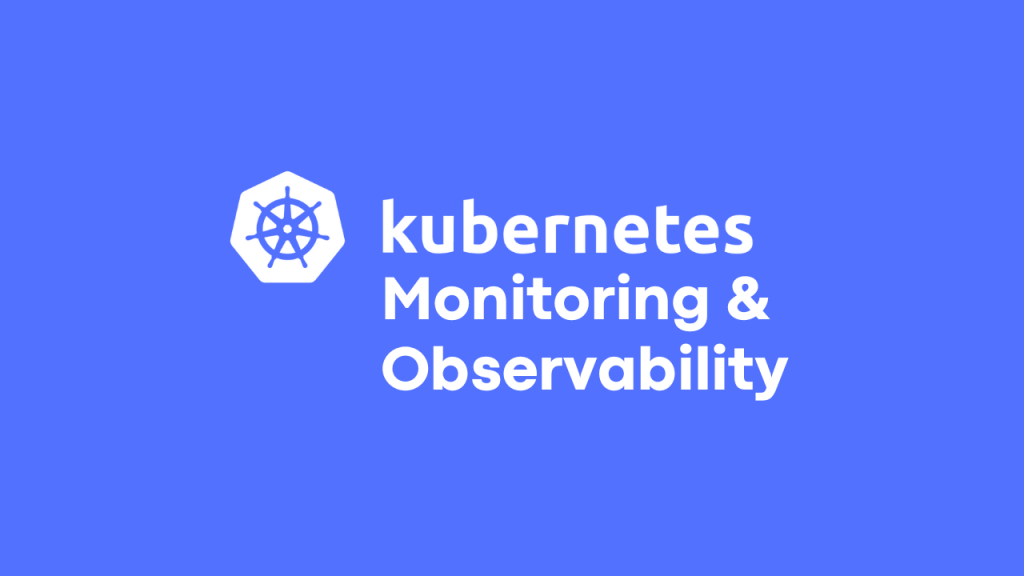
Kubernetes has defined the standard for container orchestration, and it enables organizations to manage applications at scale. However, monitoring and observability become increasingly important as the cluster size grows, in order to ensure performance, security, and reliability.
The following is a discussion of some of the most popular and successful tools for Kubernetes monitoring and observability. This list is updated constantly to show you the most current tools, features, and best practices—putting you on top in 2025 and beyond.
Metrics & Dashboards
Prometheus
Prometheus is the de facto open-source monitoring system in the Kubernetes ecosystem. It collects time-series metrics using a pull-based model and supports a powerful query language, PromQL. It’s often paired with tools like Grafana for visualization.
Highlights:
- Native Kubernetes integration.
- Huge ecosystem of exporters.
- Easily integrates with alerting tools.
Grafana
Grafana is an open-source visualization platform that turns your metrics into beautiful, customizable dashboards. It’s not just for Prometheus—you can plug in Elasticsearch, Loki, Tempo, and many others.
Highlights:
- User-friendly dashboards.
- Rich plugin ecosystem.
- Supports multiple data sources.
Tigera Calico (Enterprise Edition)
While Calico is widely known as a CNI for Kubernetes networking, the Tigera Calico Enterprise edition brings deep observability, troubleshooting, and security analytics. It leverages eBPF technology to provide flow logs, DNS logs, and security posture insights.
Highlights:
- Zero-trust workload security.
- Real-time Kubernetes service and network observability.
- Compliance reporting and forensics.
Security & Compliance Observability
Sysdig
Sysdig provides container and Kubernetes security with built-in monitoring and observability. Using eBPF, it gives runtime security, network visibility, and detailed forensics.
Highlights:
- Runtime security and compliance.
- Kubernetes-native troubleshooting.
- SaaS and self-managed options.
OpenCost
OpenCost is an open-source project for monitoring and allocating Kubernetes resource costs. It helps teams track spend by namespace, workload, and labels.
Highlights:
- Cost allocation at Kubernetes granularity.
- Can integrate with Prometheus and Grafana.
Commercial Monitoring Suites
Datadog
Datadog offers a cloud-native observability platform with Kubernetes support. It provides metrics, traces, logs, and security features, along with AI-powered alerts.
Highlights:
- Full-stack observability.
- Cloud integrations (AWS, Azure, GCP).
- Out-of-the-box Kubernetes dashboards.
New Relic
New Relic delivers observability for Kubernetes clusters, offering deep insights into application, infrastructure, and network performance.
Highlights:
- Single-pane-of-glass observability.
- AIOps and anomaly detection.
- Broad integrations.
Dynatrace
Dynatrace uses its OneAgent for automated discovery and monitoring of Kubernetes clusters. It also offers advanced Davis AI engine for proactive problem detection.
Highlights:
- Automatic observability without manual configuration.
- Advanced root cause analysis.
- Supports OpenTelemetry.
AppDynamics
Part of Cisco, AppDynamics offers Kubernetes observability focusing on business metrics and application performance monitoring (APM).
Highlights:
- Business transaction tracing.
- Kubernetes-aware application performance dashboards.
- AI-powered analytics.
Kubernetes-native Tools
Kubernetes Dashboard
The Kubernetes Dashboard is an official web UI that allows you to monitor and manage workloads, services, and cluster resources.
Highlights:
- Quick access to workloads and health.
- User-friendly cluster management.
- Extendable with plugins.
Sensu
Sensu is an open-source observability pipeline that supports Kubernetes and cloud-native environments. It excels in event-driven automation and checks.
Highlights:
- Flexible checks and handlers.
- Scalable agent-based model.
- Integrates with Prometheus, Grafana, and others.
Lens IDE
Lens is a Kubernetes desktop IDE that brings together observability, management, and troubleshooting into a single application. It supports multiple clusters, role-based access, and community plugins.
Highlights:
- Local desktop UI.
- Cluster metrics and dashboards.
- Supports plugins for extended observability.
Conclusion
Kubernetes observability is more than metrics—it’s about having the right insights, security, troubleshooting tools, and even cost control to keep your clusters healthy and your teams productive.
Depending on your needs, you might combine open-source tools like Prometheus and Grafana with commercial offerings like Sysdig or Datadog.
Tools like Tigera Calico Enterprise help bridge the gap between observability and security, while Lens IDE makes cluster management accessible even to beginners.
Suggested next steps:
- For metrics only? → Prometheus + Grafana.
- For all-in-one SaaS observability? → Dynatrace or Datadog.
- For security-first? → Sysdig or Tigera Calico.
- For lightweight UI? → Lens or Kubernetes Dashboard.
